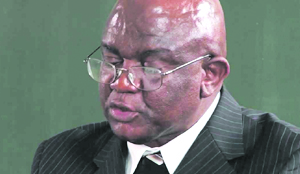By KAIKO NAMUSA-
A WAVE of indigenous businesses with capital exceeding US$100,000 is on the rise in North Western Province, a study by Belgium’s Ghent University has revealed.
Felix Kaputu, a Zambian-born lead researcher attributed the rise of indigenous private entrepreneurship in the province to mining activities spearheaded by First Quantum Minerals (FQM) and other industry players.
“During the study aimed at looking at the socio-economic impact of mining in North Western Province, we interviewed scores of business owners whose capital is above US$100, 000.
All the interviewees essentially started their businesses in the late 1990’s in Solwezi, and the majority had the opportunity to be taken on as service providers to Kansanshi Mine,” Professor Kaputu said.
“Overall it has been a decade of positive growth for the local business owners whose activities range from construction, retail and hospitality,” Prof Kaputu said.
According to the study by Ghent University, the future outlook bode well for the local businesses because of new mines that were opening up in the province. The businesses have seen huge growth in the last decade, developing distribution networks for goods and services.
The study also noted the ripple-effect generated by mining activities in the province and beyond.
“For instance, it underlined the fact that the more the mining companies hired people, the more shops became active and the more there was cash in circulation,” the study said.
The study observed that more houses were being built and that a related feature of the construction business was carpentry and welding highly visible along the main roads.
The study emphasised the decade of growth by contrasting with the previous years before the peaking of mining activities.
“Before mining activities peaked, dealers in second hand clothes exchanged them for maize, a kind of antiquity trade because most people could not afford cash. The only salaried employees who could afford the goods and services on offer were a few government workers such as immigration officers and teachers.”







